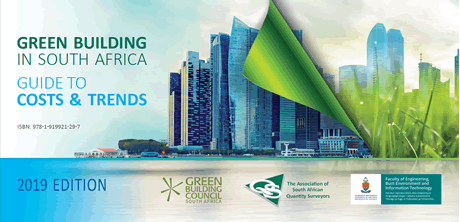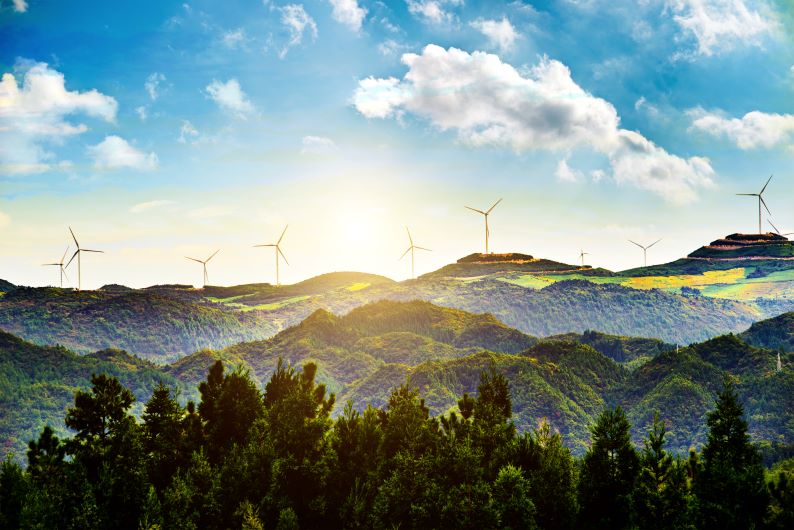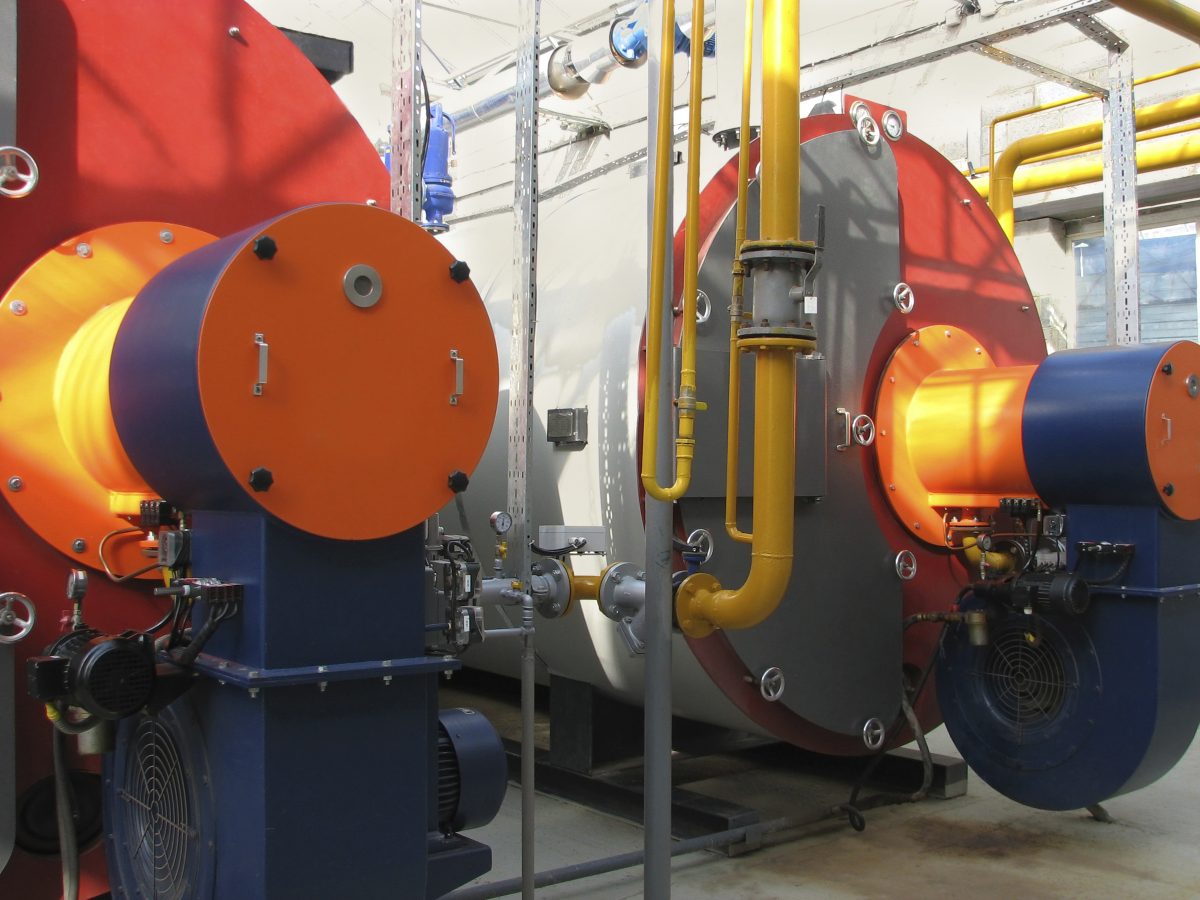
The Green Building Council of South Africa
(GBCSA), the Association of South African Quantity Surveyors (ASAQS), and the
University of Pretoria’s (UP) Faculty of Engineering, Built Environment and
Information Technology recently launched the 2019 edition of Green Building in South Africa: Guide to
Costs & Trends. The document provides interesting trends and
valuable insights about the influence of green design and construction on both
capital and operational costs.
“The guide is available in electronic format
and it will be of great benefit to the built environment. The thorough,
peer-reviewed research and presentation of the results make it a one-of-a-kind
publication on an international level,” says Karl Trusler, Edutech Director at
the ASAQS.
Challenging the notion of the ‘green cost
premium’
The perception that green building attracts a
significant cost premium compared to conventional construction has emerged.
To address this, The Cost of Green Building Study Committee was established in
2014. The 2019 edition includes the Committee’s convincing results regarding
the business case for green building.
“The green cost premium appears to be
progressively diminishing over time, largely because of growing maturity in the
industry,” says Danie Hoffman, Senior Lecturer at the University of Pretoria’s
Department of Construction Economics who is the lead researcher on the project.
Size and location matters
The report also confirmed the 2016 finding of a
strong negative correlation between green cost premium and construction size.
The larger projects managed to achieve a Green Star certification at a much
lower average green cost premium when compared to smaller projects.
The data however also confirmed that the cost
premium for buildings smaller than 5,000 m2 has reduced from 9,3%
(2009/14 data) to 4,6% (2015/18 data).
“Office buildings developed for single
corporate tenants had initially attracted much higher green cost premiums
compared to buildings developed for a multi-tenant mix. Since 2015, this gap
has been closed,” says Hoffman.
He adds that the business case for a
comprehensive investment decision should include both the cost premium of
constructing the building and the financial performance of the building in
operation.
MSCI data confirmed that Green Star certified
prime and A-grade offices produced a total return of 11,6% in 2017 versus 8,0%
for non-green certified prime and A-grade offices..
More
information at www.asaqs.co.za
More news
- DOK-ING’s innovative electric mining equipment unveiled at ElectraMining
- CONCOR’S MASTERY IN FAST TRACK PROJECT IMPLEMENTATION UNDERSCORED BY SAFETY AWARD
- PROMINENT SEA POINT HOTEL REFURBS WITH REHAU
- CONCRETE ROOF TILES USED FOR WALL CLADDING ON COASTAL HOME
- THE GREENEST RESIDENTIAL DEVELOPMENT IN AFRICA?





